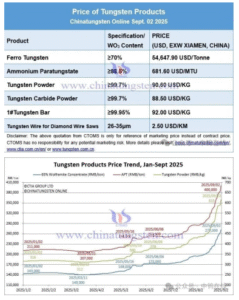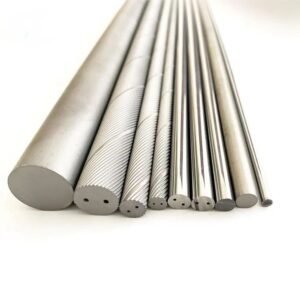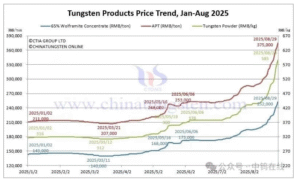CNC machining has become a crucial process in modern manufacturing due to its precision, efficiency, and ability to produce complex parts. However, the cost of CNC machining varies significantly depending on multiple factors. Understanding these key factors can help companies better manage production budgets, choose the right suppliers, and ensure consistent product quality. Below, we will focus on three core aspects that directly influence CNC machining costs, while explaining how these factors are interrelated in practical production scenarios.
1. Material Selection and Part Design Complexity
First and foremost, the choice of material has a direct and fundamental impact on CNC machining costs. Different materials require different cutting speeds, tools, and machining techniques. For instance, aluminum is lightweight, easy to machine, and cost-effective, making it a popular choice for many industries. However, when machining stainless steel, titanium, or high-temperature alloys, the hardness and strength of these materials demand specialized carbide cutting tools, slower speeds, and longer machining times, all of which significantly increase production costs.
Closely linked to material selection is the complexity of part design. Even when using the same material, a part with simple geometry and standard tolerances will be much cheaper to produce than a part with intricate shapes, deep grooves, or very tight dimensional tolerances. Complex parts not only require more advanced programming and longer machining time but may also need multi-axis CNC machines, special fixtures, and frequent tool changes, which all contribute to higher overall costs.
Therefore, when discussing CNC machining costs, material and design complexity are always interconnected — a difficult-to-machine material combined with a complex design will naturally lead to higher expenses.
2. Machining Time, Tooling, and Production Volume
Building on the material and design considerations, machining time becomes the next critical cost factor. The more challenging the material and part design, the longer it takes to machine each piece. Longer machining time means more machine occupancy, higher labor input, and increased wear on cutting tools.
To control machining time and ensure efficiency, the choice of cutting tools plays a crucial role. For instance, high-quality carbide inserts with advanced coatings like PVD or CVD can maintain sharpness longer, tolerate higher cutting speeds, and handle difficult materials effectively, reducing tool change frequency and machining time. Although high-performance tools may have a higher upfront cost, they contribute to lower total production costs by improving efficiency and reducing downtime — a cost-benefit relationship that cannot be ignored when evaluating CNC machining expenses.
In addition, production volume significantly affects the final unit cost. For small-batch or prototype orders, the setup and programming costs are distributed over fewer pieces, making each part more expensive. On the other hand, large-volume production allows manufacturers to optimize processes, reduce per-part setup costs, and negotiate better prices for both materials and tooling. Thus, the relationship between production volume and machining cost is dynamic, and buyers should always consider order quantity when seeking quotations from CNC suppliers.
3. Post-Processing, Quality Control, and Delivery
Once machining is completed, post-processing steps often follow, which also add to the total cost. Depending on the end-use of the part, processes such as heat treatment, surface finishing, anodizing, coating, polishing, and marking may be required to meet functional or aesthetic standards. For example, aerospace and automotive parts often require surface treatments for durability and corrosion resistance, which can significantly increase costs.
In addition to post-processing, quality control and inspection are essential, especially for industries that require strict compliance with international standards. Parts that need tight dimensional accuracy, material certification, or batch traceability must undergo comprehensive testing and documentation, requiring additional time, labor, and equipment. Suppliers with professional inspection capabilities can ensure product quality but may charge extra for these services — a necessary investment for high-end applications.
Finally, logistics and delivery terms are an often-overlooked but critical part of CNC machining costs, especially in international trade. Shipping methods, packaging standards for fragile or precision parts, and customs duties depending on Incoterms (FOB, CIF, DDP) will all influence the final cost to the customer. Therefore, choosing a supplier with strong export experience and reliable logistics solutions is vital to ensure on-time delivery and avoid hidden costs.
Conclusion
In summary, CNC machining costs are influenced by three major, closely related factors: the combination of material and part design complexity, the machining time along with tooling and production volume, and the final post-processing, quality control, and logistics requirements. These elements are interconnected — a difficult material leads to longer machining times; complex parts require more tooling; high precision demands more post-processing and inspection.
Understanding these relationships allows companies to make informed purchasing decisions, optimize design for manufacturability, and work more effectively with their CNC machining partners.
At Zhuzhou Zhirong Advanced Materials Co., Ltd., we are committed to helping customers control CNC machining costs by providing high-performance carbide cutting tools made from 100% virgin tungsten carbide powder with advanced CVD and PVD coatings. Our cutting tools offer excellent wear resistance, long tool life, and high cutting efficiency, helping our customers reduce tool replacement frequency and shorten machining time — directly contributing to lower production costs.
For more information or to request free samples for testing, please contact us at crystalyuan@zrzhirong.com or visit www.zhirongcarbide.com. We are ready to support your machining needs with professional solutions and competitive prices.





